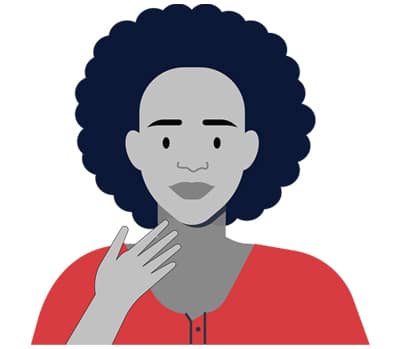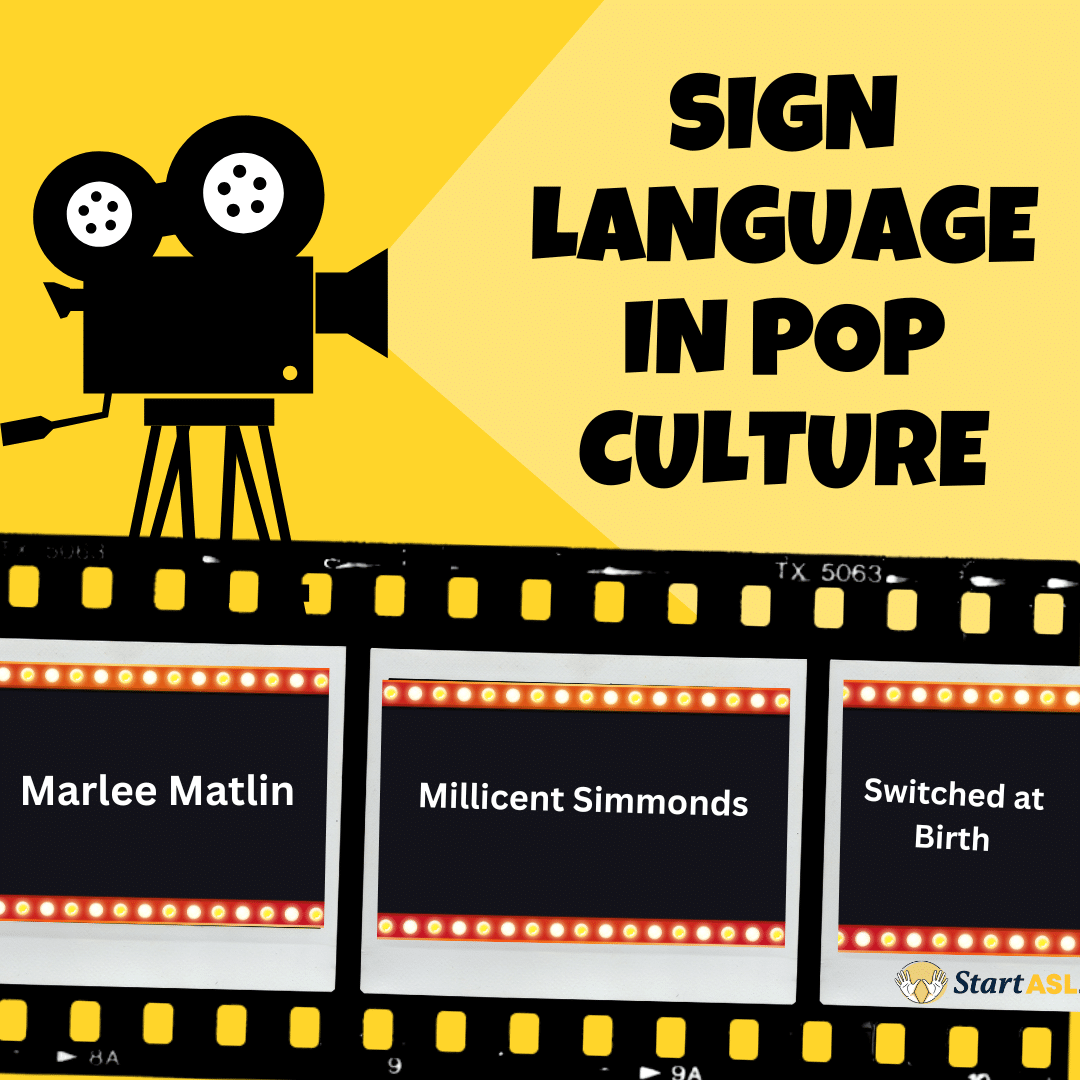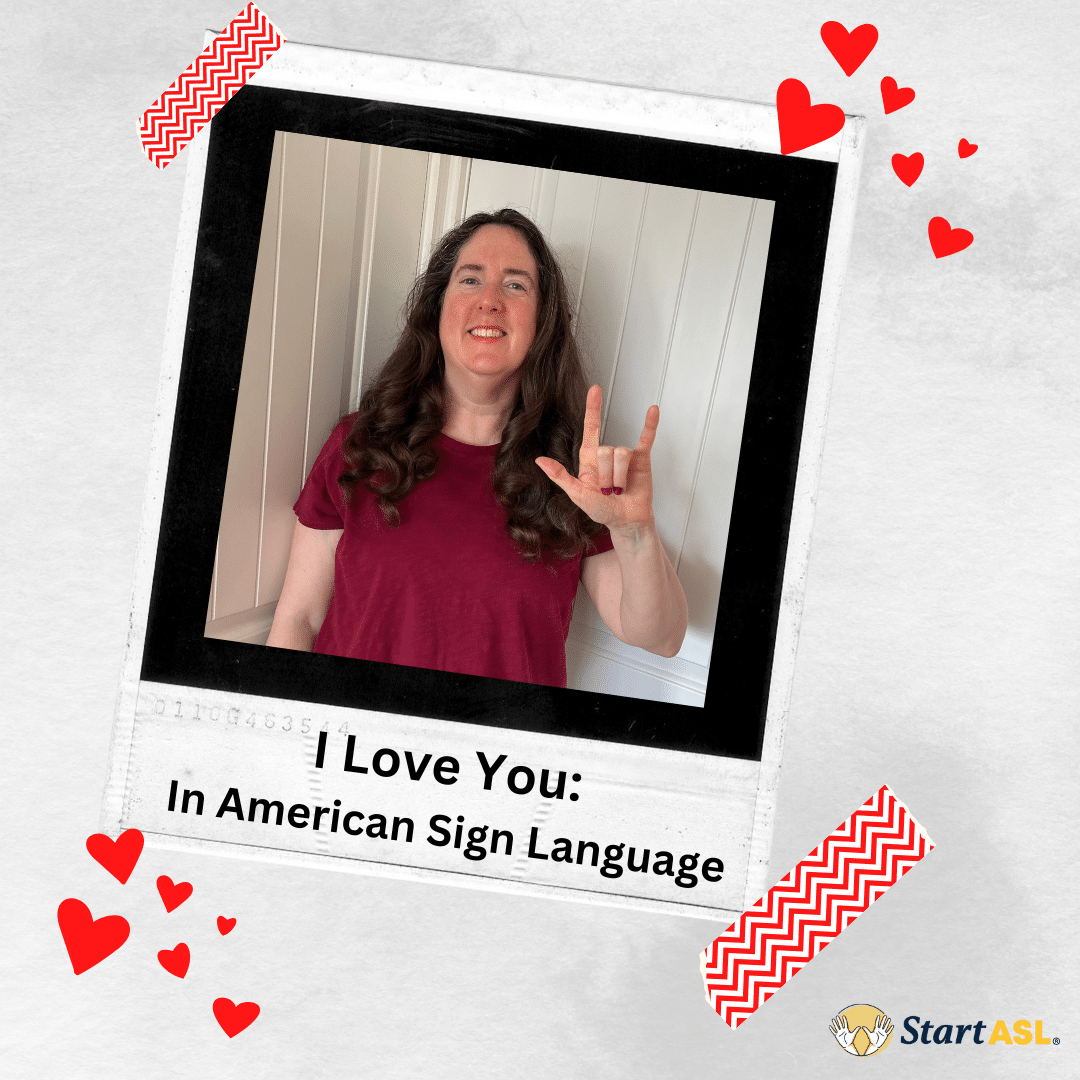
Cued Speech
- by Katelyn Cheng
- 2 Comments

Cued speech is not American Sign Language. Cued speech and ASL are two totally different forms of communication. People who communicate in ASL usually turn off the voice. Also, ASL has its own grammar, sentence structure, idioms, phrases and jokes. ASL is more widely used in the Deaf Community. There are often ASL/Deaf events where ASL is the primary language used. When requesting a sign language interpreter, most of the time, the request will be filled by an interpreter signing American Sign Language. ASL is the language of Deaf Culture and history. That being said, there are some people who use Cued Speech as their primary language.
Cued Speech is not “sign language” par se, but it does use hand-signals to symbolize the spoken language. It does not have its own grammar and sentence structure. Cued speech is a way for deaf people to “see” spoken language whether it is English or a foreign language.
This form of communication was invented by Dr. R Orin Cornett in 1965-1966. His goal was to help deaf children improve their reading comprehension and to promote literacy. Cued speech is also used so deaf children can learn how to speak. Cued speech method is not just used for deaf children but it also can used for children with special needs such as Autism and Auditory processing disabilities. Cued Speech has been adapted to more than 67 languages and major dialects. This method can be used to successfully teach a foreign language.
Cueing is not based on spelling. It shows pronunciation and it can be used to correct one’s pronunciation. It is a visual way to see sounds. They are words that the mouth look exactly the same. For example, M vs B vs P so cued speech has his own signal that differentiates between M vs B vs P. Here is an example video you can check out. That is just one example that are many other examples. There are many hand shapes that represent different sound. Cued speech is not just used to teach English. This modality can be used to teach other spoken foreign languages. Although there are hand signals involved, it is not sign language or American Sign Language. American Sign Language uses signs (hand and arm movements), facial expressions, and body language to convey meanings.
That are two different methods of cued speech. They are auditory-oral method and bilingual-bicultural method. This Auditory oral method is used when wanting to teach a child to be oral. Most deaf people who use it to auditory oral method are able to lip read really well and of course grew up speaking and hearing. With lip reading alone, only 30% of spoken English can be accurately lip read. They compared deaf children’s speech perception with or without CS and showed that the addition of CS improves speech perception from 30 to 40% in a lip-reading-only condition to 80% with the addition of manual cues. Similar results were found with French CS (Périer et al., 1990).
This method is usually successful for deaf people who wear hearing aids or cochlear implants. They usually are in mainstream education and interact with other hearing folks. Bilingual bicultural method mean that the deaf person learns two languages and are a part of two cultures. They will learn American Sign Language as their primary language, then later learn English for reading and writing. They also can learn how to speak as well. Deaf children who use the bilingual bicultural method or a part of the Deaf community and the Deaf culture but at the same time they are still a part of their own family culture and tradition. With this method, it is easier for the children to learn American Sign Language first. then when learning spoken languages, it is easier to pick up. There is a cued speech transliterator which means someone who uses cued speech to help the student understand the teacher better. When the transliterator uses cued speech with the student, he or she is making the words clearer to understand. Think about the example M vs B vs P my lip reading looks the same. The transliterator communicates with the student using cued speech without sounds and the student can respond back using cued speech. This is how cued speech works.
There are eight different hand-shapes. The hand-shapes go in one of four places around the face. A person reads cueing by looking at the hand-shape, where it is placed, and how the speaker’s lips move. See graphic below of different hand-shapes and placements on the face.

Here is an interesting watch: https://youtu.be/MkwhNJL9tlg
Cued speech is great modality to use when wanting to teach your child to be oral but the most recommended and authentic language is to learn American Sign Language. This language has a long history and is the primary language used by the Deaf community. If your child is deaf, it is understandable you want your child to learn English, speak and hear but at the same time it is fair for your child to be a part of the Deaf community where he and she can learn the Deaf culture and ASL. In addition, cued speech is least used in comparison to other modalities.
Katelyn’s experience: When I become deaf from meningitis, my parents immediately thought to give me cochlear implants. Meanwhile I needed to go through the process and surgery, my mom learned cued speech in case my surgery failed and that way my parents can still raise me to speak and hear. Since that my surgery was successful, my parents did not really need to use cued speech but simply talk to me as a parent would normally talk to their child. I also went to speech therapy. To this day, I am very grateful that I have the ability to speak and hear but at the same time I am grateful to be a part of the Deaf community because that is my identity. I learned ASL in college and have been signing for 8 years now. I am happy to be the best of both worlds. If I have a kid who is deaf, I will definitely teach my child ASL and talking/hearing so my child can be a part of best world too. This time, not missing out majority of his or her life is not being in the Deaf community growing up.
Megan, Start ASL instructor shares her experiences on what types of modalities she used growing up.
I was born Deaf, so my mother taught me how to lipread but I also grew up with Signed Exact English and Total Communication. I went to a Deaf school that supported both modalities of sign language. I did not learn ASL until about the age of 12 when I moved to a different Deaf program that supported ASL. I was not exposed to cued speech until I got my first cochlear implant back in Boston. I tried to learn cued speech at MIT-Massachusetts Institute of Technology where they offered free classes to Deaf people of all ages and their families. I also had the opportunity to meet the creator of Cued Speech, Orin Cornett, at an Alexander Graham Bell Conference. I enjoyed talking with him and he said he developed Cued Speech after observing how Deaf people were often much better at math compared to English at Gallaudet. However, I felt cued speech did not fit me and I stuck with ASL and lipreading down the road.
There is a deaf guy who became deaf when he was 3 years old shares his experience on what form of communication he used growing up. He did use cued speech.
When I was a kid I used cued speech, so I can learn to pronounce words correctly. Sometimes in school there was a word that I did not understand so the teacher used cued speech to help me understand better. If the hearing person said an idiom or phrase, but I did not understand, then the hearing person will paraphrase and use cued speech to help me understand better. Now, I do not use cued speech since that I learned how to speak and developed the comprehension to understand the words.
Reference: http://www.raisingdeafkids.org/communicating/choices/cued.php
https://www.frontiersin.org/articles/10.3389/fpsyg.2014.00416/full











2 Responses
I appreciate you trying to present a balanced overview of cueing, but as a native Deaf cuer and signer I feel compelled to correct a few misleading statements:
1. True, Cued Speech, the system by itself doesn’t have grammar or sentence structure (or prosody/expression). But no one uses the system of 8 handshapes and 4 placements in a vacuum. When hearing parents cue English and when deaf/Deaf cuers cue (with OR without voice), the result is cued language. My L1 is Cued American English.
2. This blog has zero perspectives from deaf people who identify as cuers or as cue-signers (individuals fluent in both one or more cued languages AND one or more signed languages). My perspective is that I prefer to cue without voice; adding voice makes it harder to cue expressively than just using cueing alone or voicing alone. Therefore around hearing people, I speak without cueing; around deaf cuers, I cue voice off; and around signers I sign. And around cue-signers, we code-switch between cued English and ASL! Check out Peter Hauser’s work on code switching between ASL and cued English.
3. True, cueing is wonderful for parents who want to ensure their children’s auditory pathways remain plastic, and cueing is wonderful for correcting pronunciation, and cueing is wonderful for lip reading perception; but it’s not something that is only chosen by parents who want their kids to be “oral.” The primary goal of cueing was language access between deaf kids and hearing parents; and literacy.
3. Cueing is definitely not the least used mode of communication. In fact ASL-only is the least preferred mode among parents surveyed by NCHAM. Over 10% of families reported using “mostly cued speech,” whereas only 3% reported using “ASL only.” Over half of families preferred listening and spoken language only.
I agree with you. Cued Speech should be more popular than ASL in the future!